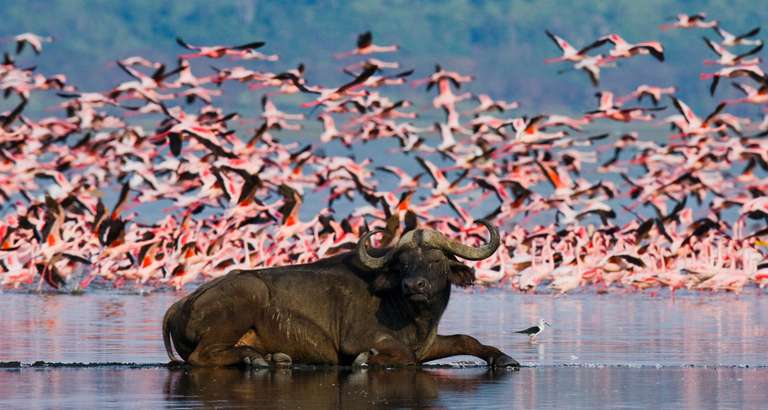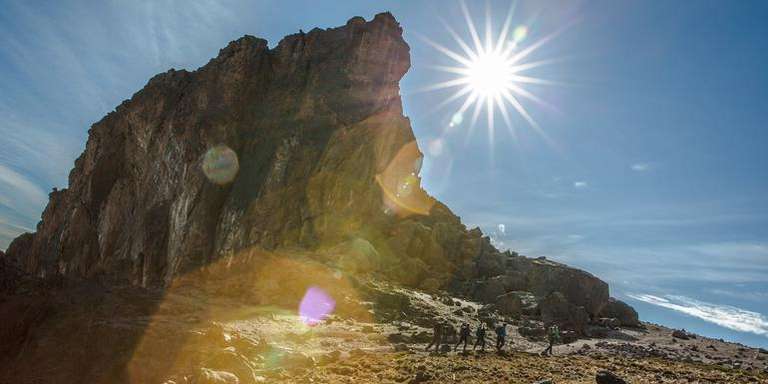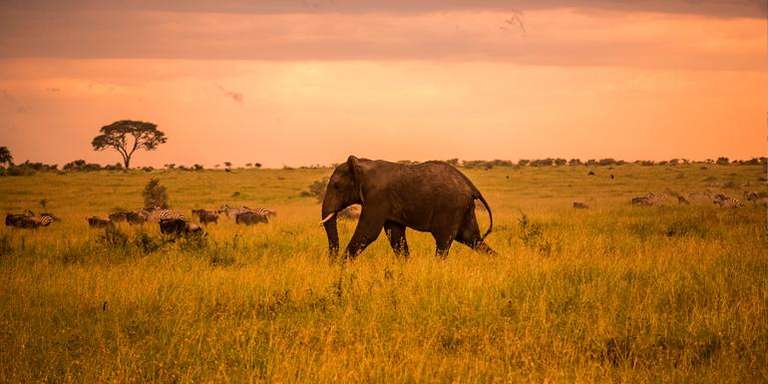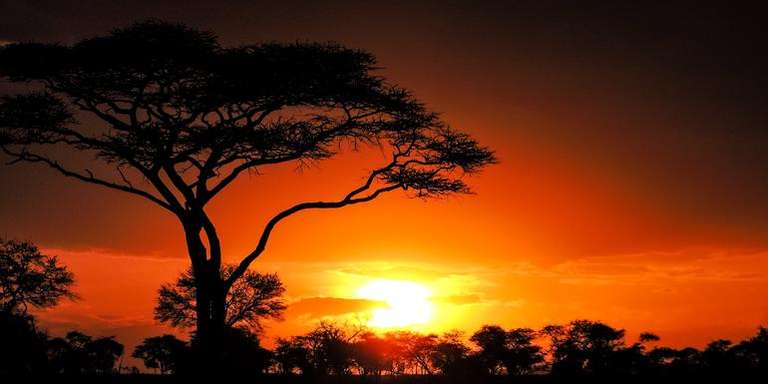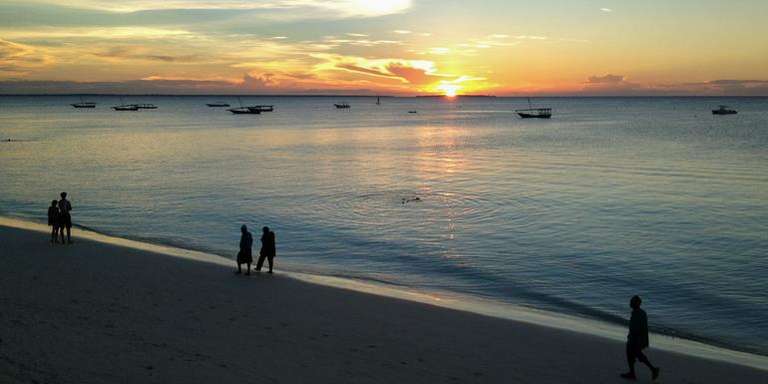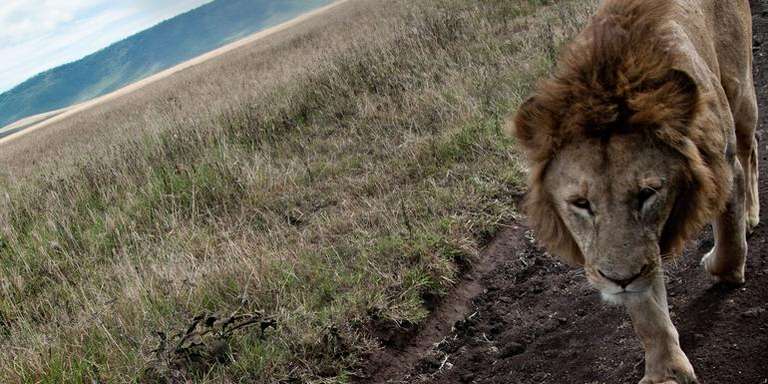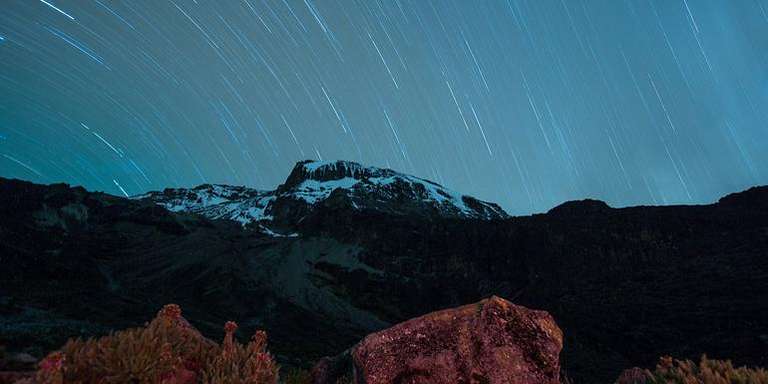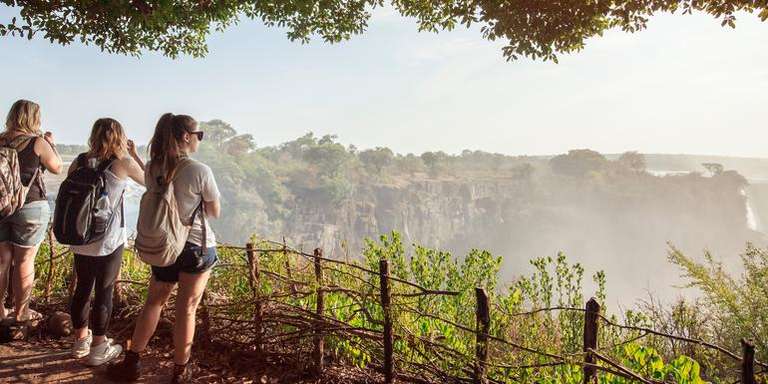Best Time to Visit Zanzibar
- Excellent
- Good
- Fair
- Poor
- JanAvg Daily: 32 ° CAvg Nightly: 24 ° C
- FebAvg Daily: 33 ° CAvg Nightly: 24 ° C
- MarAvg Daily: 33 ° CAvg Nightly: 25 ° C
- AprAvg Daily: 30 ° CAvg Nightly: 25 ° C
- MayAvg Daily: 29 ° CAvg Nightly: 24 ° C
- JunAvg Daily: 28 ° CAvg Nightly: 23 ° C
- JulAvg Daily: 28 ° CAvg Nightly: 22 ° C
- AugAvg Daily: 28 ° CAvg Nightly: 22 ° C
- SepAvg Daily: 29 ° CAvg Nightly: 22 ° C
- OctAvg Daily: 33 ° CAvg Nightly: 30 ° C
- NovAvg Daily: 32 ° CAvg Nightly: 24 ° C
- DecAvg Daily: 32 ° CAvg Nightly: 24 ° C
- Excellent
- Good
- Fair
- Poor
- Sim0r
- From Germany
- Sim0r
- From Germany
- Bhumika Sultania
- From India
- Liam Dubois
- From Belgium
When is the best time to visit Zanzibar: Quick Facts
| High season/ Best season | June to October (long dry season) |
| Low Season | March to May and November to early December (rainy seasons) |
| Good Season | Mid-December to February |
| All Seasons | June to October (long dry season), November and December (short rainy season), December to February (short dry season), March to May (long rainy season) |
When to visit Zanzibar: Seasonal Overview
Zanzibar is a tropical destination, so it experiences relatively consistent warm temperatures year-round. Tanzania does not follow the traditional seasonal system, and neither does Zanzibar. Zanzibar’s four seasons include the long dry season, the short rainy season, the short dry season, and the long wet season.
Long dry season in Zanzibar—June to October

June to October is considered the best time to travel to Zanzibar for all the right seasons. The temperature during these months is pleasantly high without being swelteringly hot. There is little to no rain during this period, so if you want to relax by the beach, this would be the right time for you to visit. Additionally, these months are also the best time to visit Tanzania for safari, its main attraction, so you can plan a proper multiday itinerary for your travel around the country, not just Zanzibar. If you are traveling during this time, especially to the more popular areas, such as Stone Town, Nungwi Beach, and Kendwa Beach, you should book your accommodation and tickets well in advance so that you get the best prices.
| Avg. temperature | 24°C (76°F) – 29°C (85°F) (in Zanzibar) |
| Avg. rainfall | 44 mm |
| Is the long dry season a good time to go to Zanzibar? | Yes. It is the best time of the year to go to Zanzibar for uninterrupted sightseeing and beach tours. |
Highlights:
- Given that there is little to no rainfall during the long dry season, you get to go island hopping to the best beaches in Zanzibar, without the worry of weather adversities catching up.
- During the initial days of the dry season, the aftermath of the preceding monsoon makes Jozani Forest, the archipelago’s sole national park, rather charming, especially when the lush green scenery becomes more pleasant. As the days get drier, the vegetation gets thinner, so spotting its thriving population of Red Colobus monkeys and bird species is rather easy.
- In July, attend the annual Zanzibar International Film Festival (ZIFF), East Africa’s largest film festival.
- July and August boast excellent underwater visibility, making them ideal for diving and snorkeling on beaches like Nungwi and Paje.
- Head to the largest island in the Zanzibar archipelago, Mnemba Island, during the months of September and October, to catch the green turtle hatching season.
Travel tips:
- As the long dry season is also the peak tourist season in Zanzibar, head to popular attractions such as the Jozani Forest and Darajani Market early in the morning to beat the crowds.
- Take a dhow cruise to go snorkeling or swimming. The calm seas make boat rides very pleasant during this season.
Short rainy season in Zanzibar—November to Early December

The short rainy season spans November to early December in Zanzibar. November experiences heavier rainfall than December, making it a less ideal time for beach relaxation. But the catch is that in both months, most of the rain happens in the morning, and the afternoons see light showers. So, you can easily plan your daily activities, keeping the morning travels to a minimum. For travelers with flexibility, these transitional months offer peaceful exploration, fewer tourists, lush greenery, and budget-friendly deals on lodging and flights. Though outdoor activities could be impacted, the rains nourish Zanzibar's landscape while providing a uniquely local experience of the islands during the wetter season. Adventurous spirits who don't mind getting caught in the occasional storm can discover Zanzibar's off-peak beauty.
| Avg. temperature | 24°C (76°F) – 32°C (81°F) (in Zanzibar) |
| Avg. rainfall | 155 mm |
| Is the short rainy season a good time to visit Zanzibar? | Depends. If you have a strictly scheduled itinerary, no. But if you are flexible with your time and want to get around the archipelago without any rush while also taking advantage of the off-season pricing, yes. |
Highlights
- Sightsee popular landmarks such as the Old Fort, Freddie Mercury Museum, Forodhani Market, and Darajani Market in Stone Town at a leisurely pace, skipping the high-season tourist crowds.
- Swim with whale sharks on Mafia Island and spot humpback whales during this prime spotting season. Head to the secluded Ras-Kizimkazi to swim with dolphins.
- Lounge at luxury beachside resorts at highly discounted rates.
Travel tips:
- Pack rain jackets and water shoes to stay dry when showers occur in the morning. For the afternoons, waterproof layers will do.
- While spotting whale sharks is still possible in November and December, the rain and waves can impact visibility. For the best whale shark swimming conditions, look for tours departing from Mafia Island on days forecasted to have light rain or none at all.
Short dry season in Zanzibar—Mid-December to February

Mid-December to February is the short dry season in Zanzibar — hence, another good time to explore the archipelago. Compared to the long dry season, the daytime temperatures during this period are a bit higher, with February being the hottest month of the year, giving visitors all the more reason to stay put on the shores. January and February are the best months to visit Zanzibar for diving, bringing optimum diving conditions. This season also sees some of the steadiest and cleanest waves for ideal surfing and kitesurfing conditions.
| Avg. temperature | 24°C (76°F) – 32°C (81°F) (in Zanzibar) |
| Avg. rainfall | 132 mm (December increases the average) |
| Is the short rainy season a good time to visit Zanzibar? | Yes. The weather is perfect for a beach holiday, more particularly, watersports. |
Highlights
- Head to Paje Beach on the east coast for kitesurfing and diving.
- Sunbathe in Kiwengwa Beach, also known as “little Italy”, where you can enjoy fresh seafood and cocktails offered by the many beachside restaurants and bars.
- Attend the annual music festival of Stone Town, Zanzibar, Sauti za Basura, on your February trip.
- Indulge in the ripe Boribo mangoes sold in the Darajani Market during the mongo season of Zanzibar in January.
Travel tips:
- Watch out for the kaskazi wind during January, which occasionally brings seaweed onto eastern beaches and erodes sand along the northeast coast. Always check with your travel guide/hotel regarding the condition of the eastern beaches before you head there.
- To avoid getting too hot and sweaty while sightseeing, it's best to plan your walking tours of Stone Town and Mafia Island for the early morning or afternoon. If you do go during the warmer parts of the day, consider hiring dala dallas (local vehicles) to transport you between sites.
Long rainy season in Zanzibar—March to May

The long rainy season in Zanzibar extends from March to May, with April facing the heaviest downpours. Since the main attractions of Zanzibar are its beaches and watersports, the heavy rainfalls disrupt these activities. While outdoor sightseeing is limited during this wet period, indoor cultural and historical options remain. So, it is important to keep your itinerary flexible at all times if you are planning your Zanzibar trip during the low season.
| Avg. temperature | 25°C (77°F) – 31°C (88°F) (in Zanzibar) |
| Avg. rainfall | 252 mm |
| Is the short rainy season a good time to visit Zanzibar? | No. It is the low season for travel in this beach destination due to heavy rainfall. |
Highlights
- During rainy days, head to Zanzibar's indoor museums and historic sites, such as the Palace Museum and the Old Fort, which offer glimpses into Swahili culture and the island's past as a trading hub.
- Travel to nearby villages with a local guide to visit the Hadimu and Tumbatu tribes and learn about their culture and way of life first-hand.
- Observe Zanzibar’s biggest festival, Eid el-Fitr, which marks the end of Ramadan with feasts, prayers, and celebrations across the island.
Travel tips:
- Some lodges or camps may close or have limited staff during the off-season. Confirm reservations and amenities ahead of time.
- Check forecasts and plan outdoor activities for the typically drier afternoons. Mornings tend to see the most rain.
Whether you want to visit Zanzibar for its beaches, historic landmarks, culture, or festivals, it is a destination that should be on your bucket list, regardless of what month you choose to visit.
Go through our things to do in the Zanzibar guide if you want to learn more about what to add to your Zanzibar itinerary.
Want to plan your Zanzibar trip from scratch? Fill out our customized Tanzania trip form, and our travel experts will make sure your vision comes true to a tee.
Weather in Zanzibar: Rainfall and Temperatures
| Month | Jan | Feb | Mar | Apr | May | Jun | July | Aug | Sept | Oct | Nov | Dec |
| Avg Daily (°C) | 32 | 33 | 33 | 30 | 29 | 28 | 28 | 28 | 29 | 33 | 32 | 32 |
| Avg Nightly (°C) | 24 | 24 | 25 | 25 | 24 | 23 | 22 | 22 | 22 | 30 | 24 | 24 |
| Avg Daily (°F) | 90 | 92 | 92 | 86 | 85 | 83 | 83 | 83 | 85 | 92 | 90 | 90 |
| Avg Nightly (°F) | 76 | 76 | 77 | 77 | 76 | 74 | 72 | 72 | 72 | 86 | 76 | 76 |
| Avg Rainfall (mm) | 58 | 66 | 147 | 320 | 290 | 53 | 28 | 30 | 41 | 26 | 170 | 140 |

